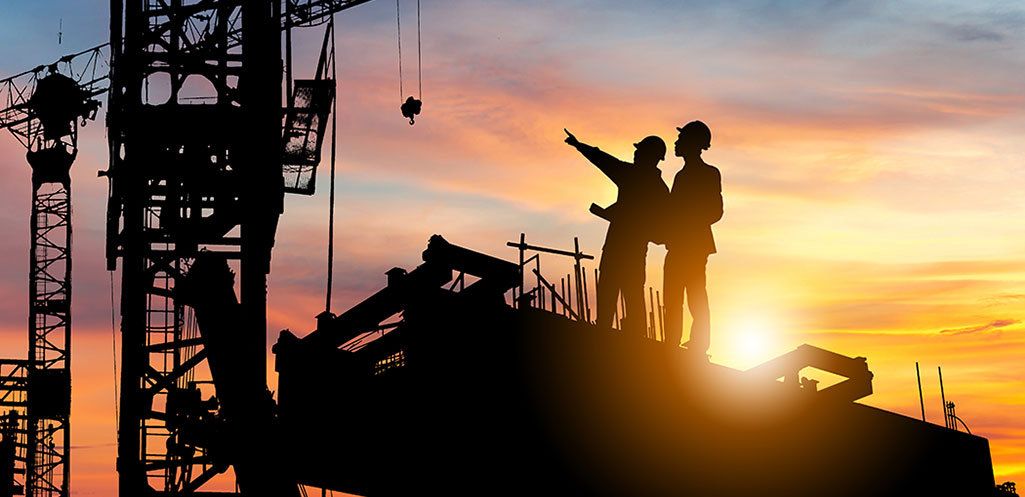
Change Your Outlook on Construction Worker Safety
Ensure safety managers for construction worksites are equipped with the information they need to help foster a culture of safety and avoid eye injuries on the job.
- By Wanda Sanchez-Miller
- Mar 01, 2022
Construction safety is vital at job sites around the globe to help protect workers. Hazards are everywhere, so taking the proper precautions can prevent injuries and save lives.
According to the U.S. Bureau of Labor Statistics, about 20,000 eye injuries occur in the workplace each year, which can lead to severe, life changing consequences such as temporary or permanent vision loss, impacting workers’ ability to perform their jobs and participate in activities they love outside of the workplace as well. On top of that, it can result in financial and productivity costs too. OSHA reports that workplace eye injuries cost about $300 million annually in lost productivity, medical services and worker compensation.2
Sun exposure, haze, flying debris, dust and large particles can harm a construction worker’s eyes if they aren’t wearing the proper safety eyewear. This Eye Wellness Month let's ensure safety managers for construction worksites are equipped with the information they need to help foster a culture of safety and avoid eye injuries on the job.
The Personal Protective Equipment Workers Need
While work-related eye injuries are common, the good news is that they can be avoided. Three major reasons for worker eye injuries include wearing the wrong kind of eye protection for the job, using eye protection that does not fit correctly and not wearing eye protection at all.
Depending on the work being performed, there are various options workers should consider. Before selecting any type of protective eyewear, safety managers should evaluate the hazards of each activity workers are involved in, including a thorough understanding of the tasks and of the possible exposure to risks which could result in eye injury. Consider all the risks surrounding activities like woodworking, machinery operations, material welding and cutting, to name a few, and then determine the type of PPE necessary to keep workers safe.
Safety glasses. These might look similar to everyday eyeglasses or sunglasses, but they actually have important safety benefits that regular glasses do not provide. Safety glasses are specifically manufactured to provide impact protection. The lenses and frames are stronger than regular glasses and often have side shields or wraparound lenses to protect the eyes from various angles, or can be sealed around the eyes to keep flying dust or debris out. In addition to impact protection, safety glasses also typically include lens tints to provide protection against eye damage from infrared lighting and the sun. For workers who rely on prescription eyewear daily, prescription safety glasses are available as well.
This article originally appeared in the March 1, 2022 issue of Occupational Health & Safety.